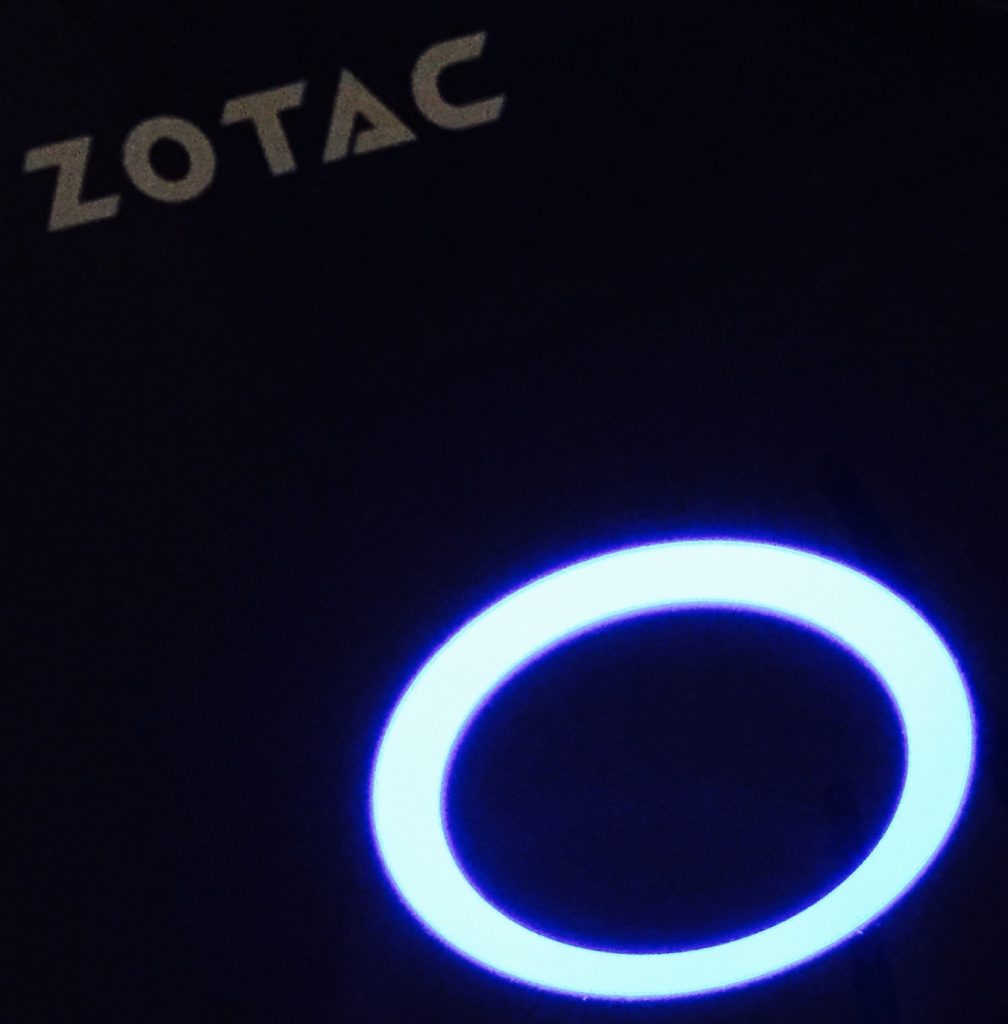sudo apt-get update
sudo apt-get install sublime-text-installer
[/raw]
Unfortunately you /boot partition must still use ext3! There is no support with the minimal install of centos 6.3 with grub bootloader version 0.97 for ext4. Buyer beware!
If you have ever wondered how to run a firewall/router from just memory, you are in luck. Both “Nano” version of OPNsense and pfSense will work great in the following flavor.
Configuration files are saved on the removable media and the read/write filesystem is stored in RAM!
PATH=~/.linuxbrew/bin:/usr/local/bin:/usr/bin:/bin
unset LD_LIBRARY_PATH PKG_CONFIG_PATH
yes | ruby -e “$(curl -fsSL https://raw.github.com/Linuxbrew/linuxbrew/go/install)”
brew doctor
brew install gcc –with-glibc
brew tap homebrew/dupes
brew install git
brew install coreutils findutils gawk gnu-sed gnu-which grep make ruby
PATH=$HOME/.linuxbrew/bin:$HOME/.linuxbrew/sbin
brew install hello && brew test hello; brew remove hello
[/raw]

Here are some simple stats from the new block storage available over at DigitalOcean. Tested on a 1gb droplet.
[raw]hdparm -t /dev/sda[/raw] Reads
Timing buffered disk reads: 536 MB in 3.01 seconds = 178.15 MB/sec
Timing buffered disk reads: 586 MB in 3.01 seconds = 194.63 MB/sec
Timing buffered disk reads: 574 MB in 3.00 seconds = 191.32 MB/sec
[raw]hdparm -T /dev/sda[/raw] Cached Reads
Timing cached reads: 15090 MB in 2.00 seconds = 7551.96 MB/sec
Timing cached reads: 15056 MB in 2.00 seconds = 7535.53 MB/sec
Timing cached reads: 14810 MB in 2.00 seconds = 7411.46 MB/sec
[raw]time sh -c “dd if=/dev/sda of=ddfile bs=8k count=1000000 && sync”; rm ddfile[/raw] Writes
8192000000 bytes (8.2 GB) copied, 49.4442 s, 166 MB/s
real 0m49.523s
user 0m0.348s
sys 0m12.384s

Linux Distro of Choice (GNOME Ubuntu 16.04) – best home desktop experience on Linux today. Competes with LinuxMint, but without all the mintyness.
http://cdimage.ubuntu.com/ubuntu-gnome/daily-live/pending/
Windows Distro of Choice: Windows 10 Enterprise, Available with FreeBiz Spark MSDN Access
Mac Distro of Choice : Hackintosh 10.11.4 / Clover Bootloader
What’s your daily driver?

Untangle is a firewall and gateway server that is one of the best on the market today.
The Zotac Zbox ID91 is a Mini ITX PC.
Americans may not be so familiar with the Zotac brand but they offer a wide variety of integrated PC’s that are usual for both home media servers and powerful business machines.
I purchased the ID91 on Amazon for $350.99 – additionally you will need to add a Hard Drive and Memory (DDR3 SO-DIMM)
If you don’t want to deal with hassle of installing a hard drive or memory, the ID91 Plus is available with a 500GB (Non-SSD) hard drive.
The ID91 is based on the H81 Express platform. Sporting Dual Gigabit Ethernet ports this model is perfect for anyone wanting to run a Linux Firewall or Gateway.
For the mission of a home based ad-blocking gateway – I chose the ID91 as it comes with a i3 4130T(dual-core, 2.9 Ghz) processor.
Additionally I added a Kingston Digital 60GB SSD – $54.99 and 4GB of DDR3 – CT2KIT25664BF160B -$43.24 memory. Plenty enough power to handle Untangle with a fiber (400MB connection) to home.
This configuration is sufficient to handle a VERY fast connection. We are talking Fiber speeds without a problem, I am currently on a 400mb connection without any slowdown with a full Untangle configuration.
Total Cost = $449.22
Installation:
Enjoy the internet now without Facebook ad’s – Pre-roll ads on YouTube – and the protection of a real firewall.
Untangle has earned it’s place in my favorite pieces of software, days after the initial installation I have not had to restart the box or fiddle – things just work, and these days it’s hard to find software that just works this well out of the box.

Do you need to read or open a .IMG file created with DD backup on Windows? The best tool for the job is called DiskInternals Linux Reader. This multi-platform program supports ex2/ext3/ext4/hfs/reiserfs filesystems.
The ThinkPad x201 is a great platform for Ubuntu 10.04. The default installation contains an outdated version of the Thinkpad BGN wireless drivers. After first boot you can see networks(not all available), and connect to some – but in general this will give you difficulties. The recommendation is to first update your installation via-Ethernet to automatically download the patch. Upon restart, you will have a fully functional Ubuntu installation.
This is where and how it was solved:
https://bugs.launchpad.net/ubuntu/lucid/+source/linux/+bug/567016
The process of adding a new FTP user with SSH access to a Plesk / CentOS server is more difficult than it needs to be. Plesk will only allow you to add WebUsers to your domains which have FTP accounts, not full SSH accounts. Here is the quick and dirty. We want our new user to be in chroot jail and to inherit the same permissions as another user on the system. The user will be restricted to the top level directory you define (for example httpdocs in this case).
Login as Root:
1. [raw]cat /etc/passwd/ | grep ‘anyusername'[/raw]
This will return:
[cci]anyusername:x:10009:2524::/var/www/vhosts/anydomain.com:/bin/bash[/cci]The first set of numbers after “:x:” is the UID or User Identifier. We will use this in the next command to copy the same permissions.
2.[raw]useradd -u 10009 -o -d /var/www/vhosts/anydomain.com/httpdocs/ -g psaserv -s /usr/local/psa/bin/chrootsh newusername[/raw]
Replace “anydomain.com” with your domain, and “newusername” with the new user you would like to add.
3.[raw]passwd newusername[/raw]
Gives the user a password.
4. [raw]usermod -s /bin/bash newusername[/raw]
Boom! Done.
Extras:
For an in-depth discussion on working with rssh, chroot, and users – see UnixCraft
One of the most recent problems I stumbled upon while running Backtrack, or any other linux distro for that matter is setting the region on a wireless card. The typical procedure is :
[raw]iwconfig wlan0 channel 13[/raw]
And commonly you will get
[raw]error for wireless regquest ”set frequency”
(8b04)
set failed on device wlan0 ; invalid arugment[/raw]
There is an easy fix for this that will allow you to change the region mode your wireless adapter is in.
[raw]iw reg set FR[/raw] [raw]iw reg set US[/raw]
More on IW here.
References:
After much hunting around and reading through the Plesk Administrator Guide I finally found an easy way for creating multiple e-mail accounts in batch! This is not a MySQL hook or database related, but stems from the logic of wanting to create multiple accounts at once.
To create an e-mail account in Plesk, first login to your server via SSH.
Execute the following:
[cci]/usr/local/psa/bin/mail –create new@yourdomain.com -passwd newpassword-cp-access false[/cci]If you want to run a batch, create a script:
[raw]#/bin/bash/usr/local/psa/bin/mail –create new@yourdomain.com -passwd newpassword-cp-access false
/usr/local/psa/bin/mail –create new@yourdomain.com -passwd newpassword-cp-access false
/usr/local/psa/bin/mail –create new@yourdomain.com -passwd newpassword-cp-access false
/usr/local/psa/bin/mail –create new@yourdomain.com -passwd newpassword-cp-access false
[/raw]